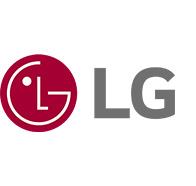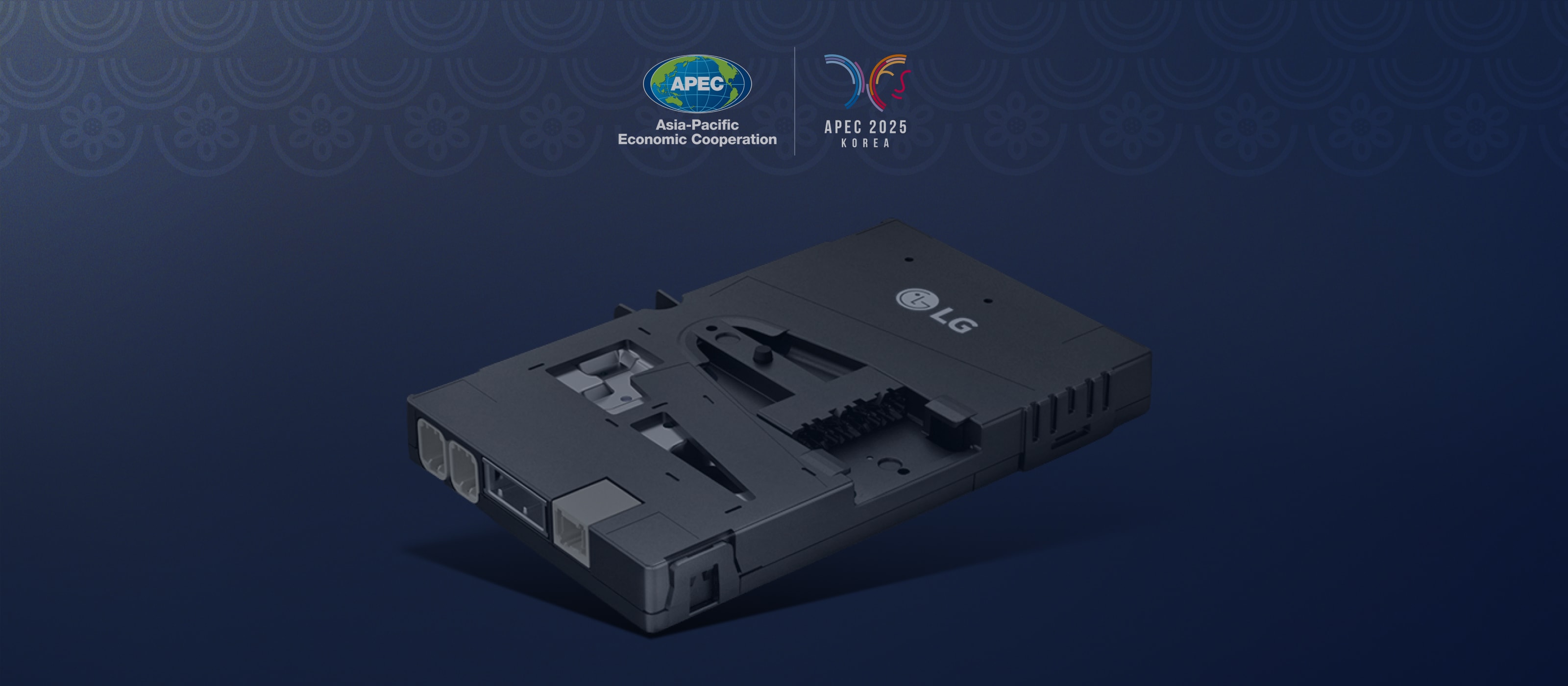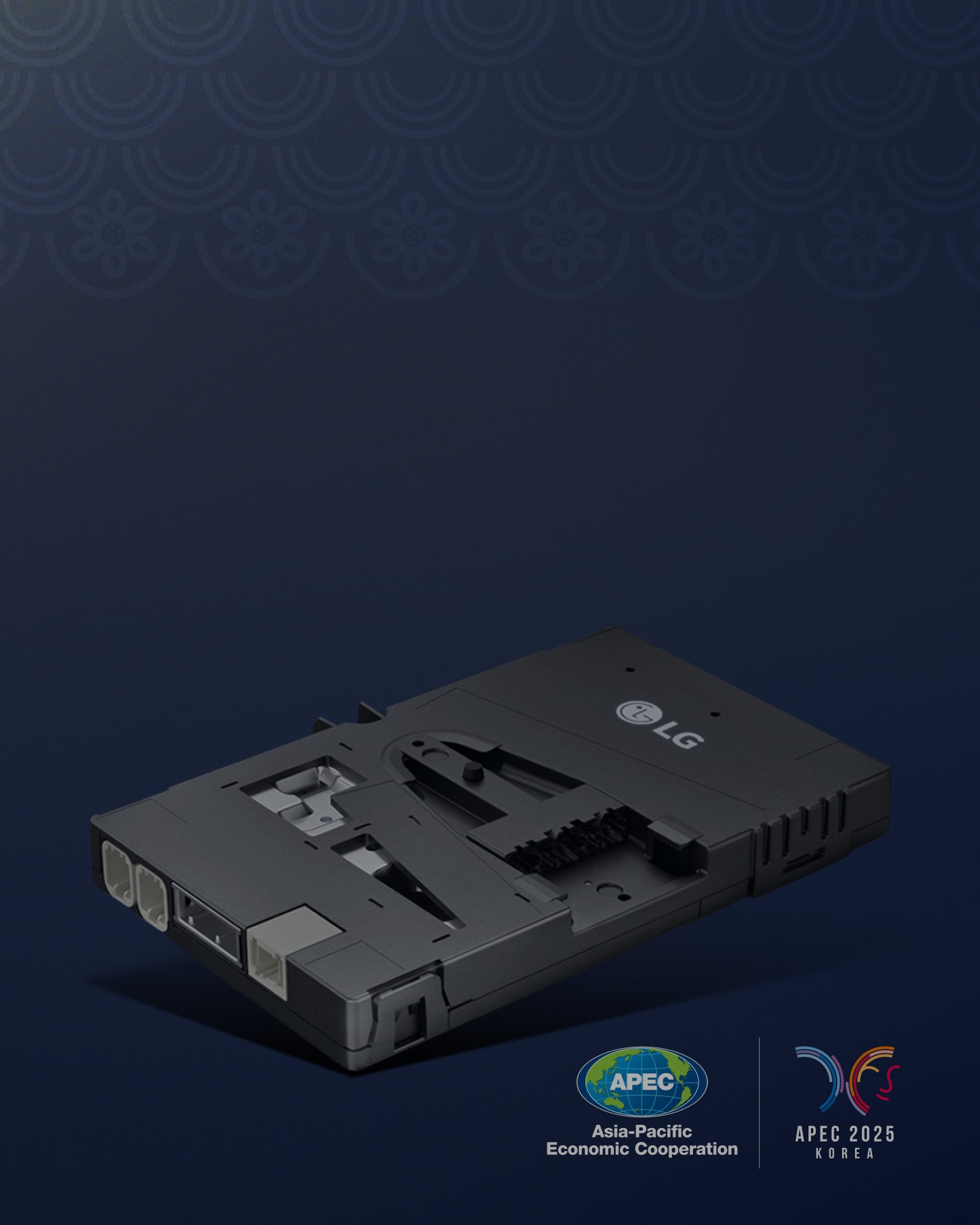-
For LG Electronics (LG), automotive innovation isn’t just about creating advanced solutions for today’s vehicles – it’s about shaping the very future of mobility itself. The company recently shared its insights at the 3rd Senior Officials’ Meeting (SOM3) of the 42nd APEC Automotive Dialogue, held in Incheon, South Korea, on August 1. The meeting, which took place at the Songdo ConvensiA convention center, was attended by approximately 60 government officials and mobility industry experts from 12 key Asian economies, along with representatives from the U.S.
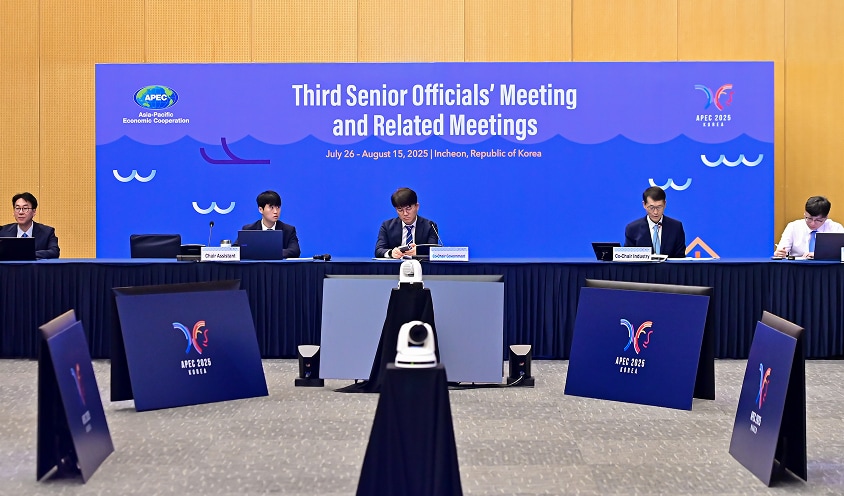

-
At the request of the Korea Automobile & Mobility Association (KAMA), LG contributed to shaping the event’s agenda, using the occasion to highlight its leadership in telematics and infotainment technologies. The company, which operates an advanced mobility solutions business and is also a market leader in the rapidly emerging field of vehicle communications – a key focus in the era of Software-Defined Vehicles (SDVs) – engaged in substantive discussions with member economies on advancing the future of the mobility industry.
-
Representing LG was Park Juneun, Senior Vice President, head of Asia Sales/PM for LG’s Vehicle Solution Company and chair of the Connected Car Committee at Korea’s Connected Car Alliance. Mr. Park’s keynote, titled “Telematics and Infotainment Technology for Connected Cars,” focused on how telematics and infotainment systems have become important foundational elements for the next era of mobility.
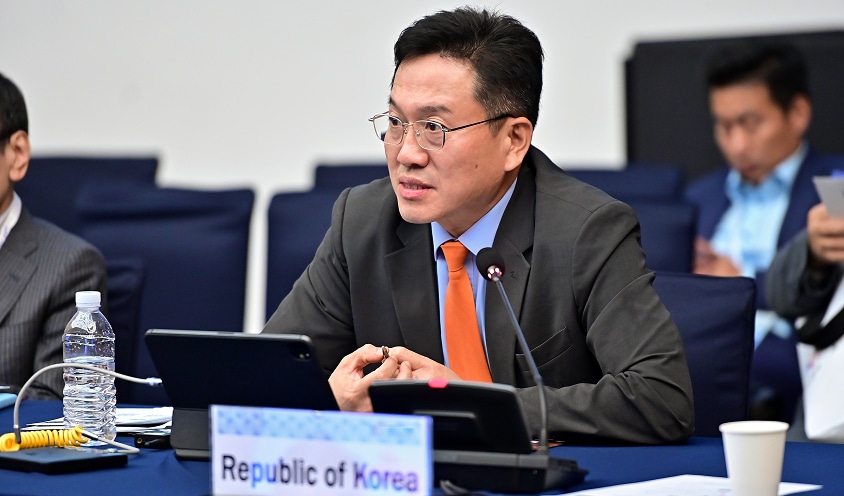

-
He highlighted LG’s perspective on the latest megatrends in vehicle communications, along with the company’s telematics strategy and product roadmap. He pointed to the rapid evolution of wireless communication standards as a major driver of market transformation, emphasizing its impact on vehicle infrastructure and the broader automotive electronics sector. Mr. Park also identified key enablers behind this shift: the restructuring of electrical/electronic (E/E) architecture, the expansion of supported communications services within vehicles, and the increasing complexity of integrating multiple communications technologies.
-
To stay ahead of the curve, LG is focusing on four core areas: the early adoption of 3rd Generation Partnership Project (3GPP) communications standards to ensure system reliability; support for multi-platform of modem chipsets that can adapt to a diversified market; the deployment of advanced antenna solutions designed for high-integration structures; and the on-device AI-based optimization of communications quality.
-
And LG isn’t just following trends — its helping define them. With decades of experience meeting the complex demands of top global automakers, LG has built a strong reputation for both hardware and software excellence. In addition, the company’s proprietary telematics platform offers the scalability and flexibility to be easily integrated into various vehicle programs. Drawing on the extensive expertise gained from developing standalone Telematics Control Units (TCUs), the company is advancing next-generation vehicle communication solutions – such as smart antennas and connectivity hubs – and reinforcing its position as a trusted partner to leading OEMs worldwide.
-
Mr. Park closed his keynote by introducing LG’s telematics product roadmap and reaffirming the company’s dedication to being a “telematics leading partner” that can meet the evolving demands of both OEMs and end-users. Through forums like the APEC Automotive Dialogue, LG continues to demonstrate not only technological leadership but also a deep commitment to collaboration and progress in the global mobility space.
-
# # #

